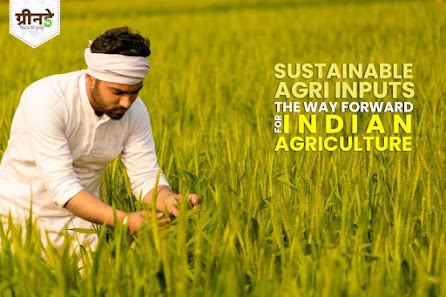Transforming India's Rice Bowls: The Impact of Biofortified Rice
.jpg)
Fig: Biofortified Rice India's Staple Diet Gets a Nutritional Upgrade Rice is not just a staple in Indian cuisine; it's a cultural emblem that graces every meal across countless homes. Recognizing rice's pivotal role in our diet, Better Nutrition is pioneering a significant shift towards biofortified rice, promising to enrich India's rice bowls with essential nutrients. The Scale of Rice Consumption in India India stands as one of the largest rice-consuming countries in the world, with millions relying on it for their daily caloric intake. However, the nutritional quality of conventional rice often falls short of meeting the dietary needs of the Indian population. Introducing Biofortified Rice Biofortified rice comes as a game-changer in this scenario. By enhancing rice with vital nutrients like zinc and iron, we're not just serving a meal; we're serving health. This innovation in rice cultivation has the potential to address widespread nutritional deficiencie...
.jpg)




